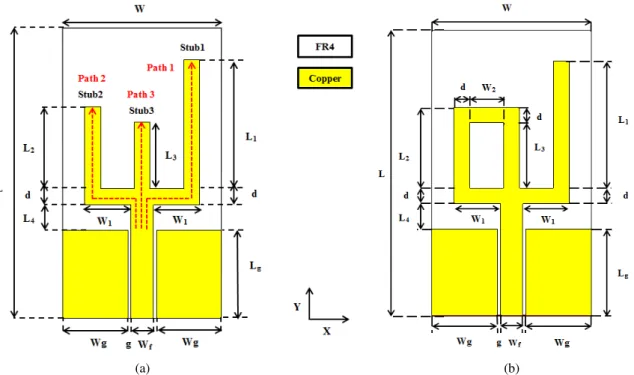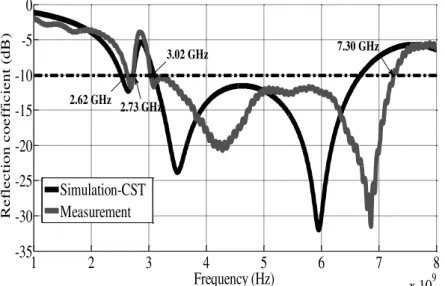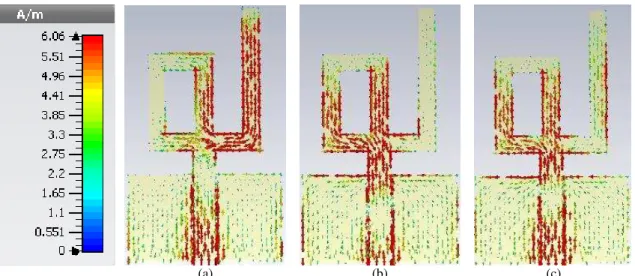J. Microw. Optoelectron. Electromagn. Appl. vol.16 número2
Texto
Imagem




Documentos relacionados
An improved measured return loss of 22 dB was later achieved after some tuining adjustments were performed on the filter input and output couplings.. A minimum
promising for applications as dielectric antennas and this study point out that it is possible to obtain a dielectric resonator antenna (DRA) with a temperature coefficient
Simulated return loss against frequency for the proposed CPW-fed structure-shape substrate wideband antenna, ring shape ground plane and two rectangular slots antenna..
On the other hand, the occlusal plane can be related to the facial pattern, because the brachyfacial pattern, related to the female volunteer, shows a higher force than the male
Unlike FBG sensors traditional installations (embedded in structures of bridges, dams, tunnels, etc) where the influence of external disturbances such as the thermal gradient
Lacava: “ Design of Arrays of Linearly Polarized Patch Antennas on an FR4 Substrate: Design of a probe-fed electrically equivalent microstrip radiator” , IEEE Antennas
Multiple-Output spatial diversity on the OFDM mobile radio signal propagating in an urban channel.. From measurements performed in Rio de Janeiro city, Brazil, by using
Variables x u , v and y R , k defined in Section III, are used in the SCCDP algorithm, which yields two distinct versions: SCCDP(y), which searches for the link-disjoint



